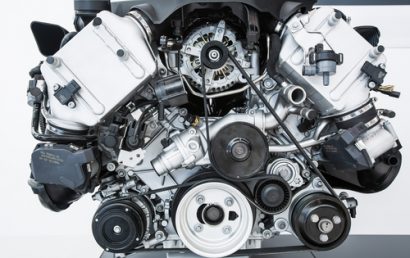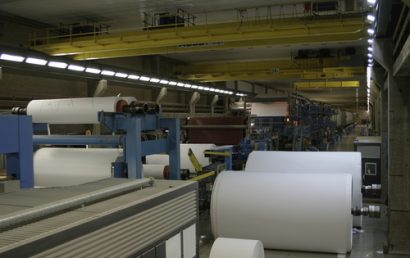Chromate Or Chromium: Which Coating Delivers The Best Performance?
In the intricate realm of industrial coatings, the debate surrounding chromate vs chromium coating has long held the attention of experts and manufacturers alike. Both coatings have distinct applications and advantages. However, to determine which is more suitable for a specific project, it is imperative to delve into their individual attributes and understand the nuances that set them apart.
Understanding Chromate Coating
Chromate coating, often referred to as chemical film or chromate conversion, is a coating used primarily to passivate zinc, aluminum, copper, cadmium, magnesium, silver, and tin alloys. It acts as a corrosion inhibitor, enhancing the substrate’s protection against rust. Moreover, chromate coating is a superb base for subsequent painting or bonding processes.
The principle behind chromate coating lies in the application of a chromate-based chemical solution, either through immersion or by using a brush. Once applied, a chemical reaction ensues, converting the surface into a chromate layer. This process falls under the broader umbrella of coating processes, each tailored to cater to specific industrial needs.
The Allure of Chromium Coating
Chromium coatings, on the other hand, are renowned for their gleaming, mirror-like finish. More commonly known as chrome plating, this process involves depositing a layer of chromium onto a metal or plastic object using electroplating. The result is a surface that is not just aesthetically appealing but also offers enhanced hardness, resistance to wear, and reduced friction.
To achieve the desired properties and finishes of chromium coatings, a selection from a range of coating materials becomes crucial. These materials, when chosen judiciously, optimize the coating’s functional and aesthetic properties.
Comparative Performance Metrics
While both chromate and chromium coatings are widely recognized for their corrosion resistance, the extent and nature of this protection vary. Chromate coatings are generally more flexible and can “self-heal”, meaning they can reseal scratches or abrasions that might expose the underlying material. This property is especially useful in applications where the coated parts may be subjected to friction or physical impact.
Chromium coatings, with their hard and wear-resistant nature, are preferred in environments where aesthetic appeal is paramount, and the components face regular wear and tear. The inclusion of proprietary coatings often enhances the performance metrics of both chromate and chromium coatings, offering tailored solutions for niche applications.
Post-Coating Processes
After the coating application, the components often require additional finishing touches. Whether it is to achieve dimensional accuracy or to enhance the surface finish, processes like machining & grinding play an indispensable role. For chromium-coated components, grinding ensures a mirror-like finish devoid of any imperfections, while machining helps attain precise dimensions.
The choice between chromate and chromium coating is not a matter of one being superior to the other; it is about selecting the most appropriate coating based on the specific requirements of the project. Both coatings have their merits, and understanding their properties is the key to leveraging their full potential. Industries must weigh the pros and cons of each, keeping in mind the desired outcome, to make an informed decision. In the debate of chromate vs chromium coating, the winner is truly dependent on the specific application and desired result.




